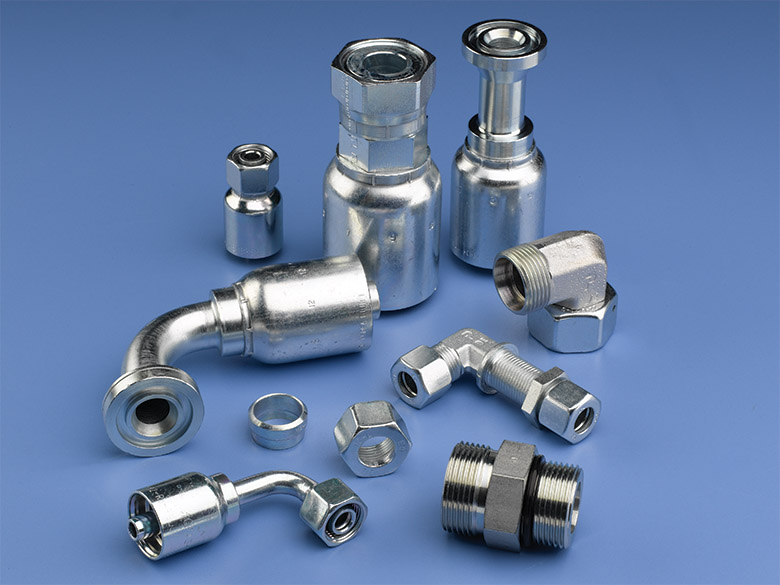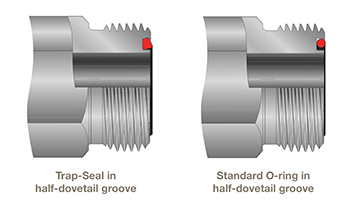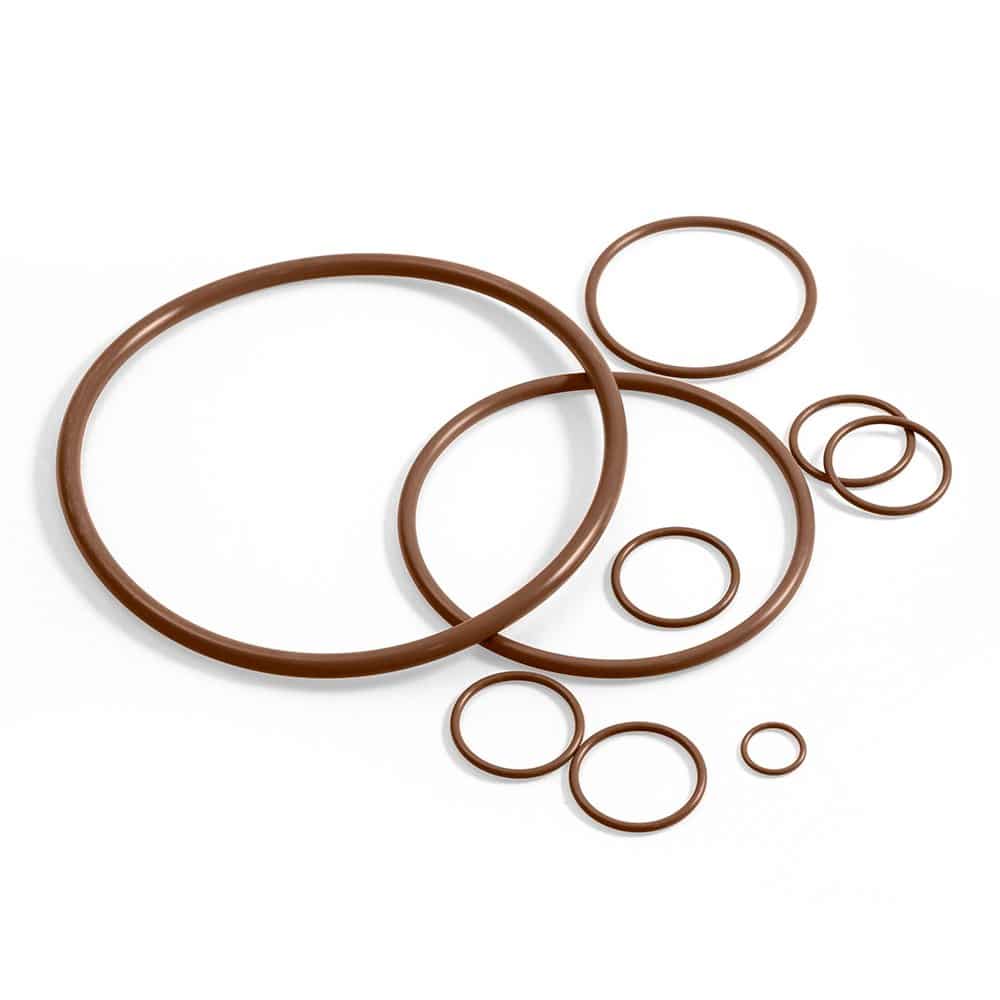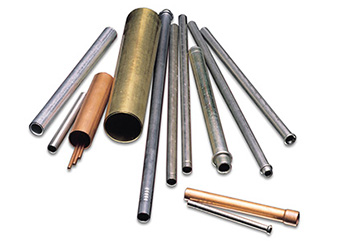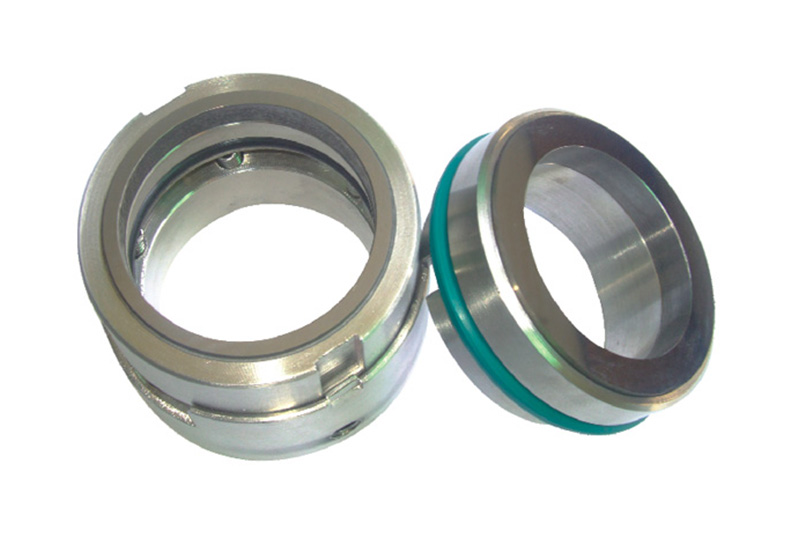History of Fire Hose
History of Fire Hose
The using of hose to fight fire can be trace back in history to 400 B.C. The hose during this era was made from the gut of an ox. Firemen filled bags with water then force them into the ox gut. The water was force though the hose by either sitting or stomping on the bag and the hose.
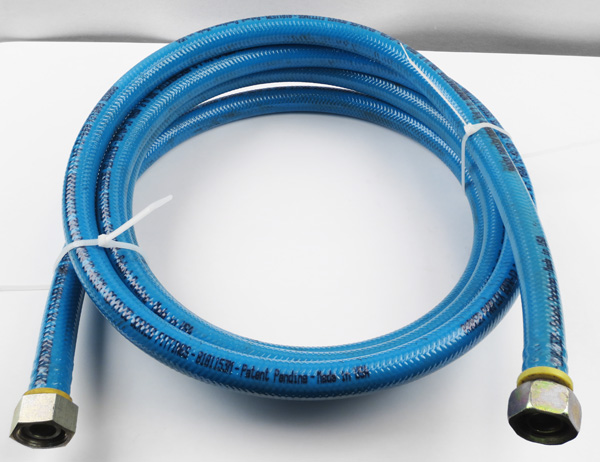
The earliest firefighting that was done in America was done with buckets being passed from the water source to the fire. What was known, as bucket brigades were very labor intensive and very in effected. Large amount of water would be lost during the passing of these buckets before it could be thrown on the actual fire.
In 1693 Dutchmen Jan Van Der Heiden, Superintendent of the Fire Brigade, and his son Nicholaas developed the first fire hose of the modern era called a “fire hoase”. The fifty-foot lengths of leather were sewn together like a bootleg. These inventions allowed firemen a steady stream of water and accurately deliver it directly on the fire. Later
Van Der Heiden developed the first suction hose by installing a wire through it to keep it from collapsing.
Prior to the 1790’s water used for fighting fires came from wells, cisterns and natural bodies of water. Water main services came into existence; fireplugs and hydrants were added to allow fire companies local access to water supply hookups.
In 1807 two Philadelphia firemen James Sellars and Abraham Pennock used metal rivets instead of stitching to bind the seams of the leather hose. This allowed for higher pressure and less breakage. This process did however increase the weight of a 50-foot length to about 85 pounds.
Leather hose had many disadvantages. It was high maintenance. Leather would dry out and crack. The hose had to be washed, dry and preserved using codfish and whale oil as a preservative. Other stations would use beef tallow and Neat’s oil made from cattle bones. After applying this oil the leather become sticky and cause the hose to smell.
Sellars and Pennock invention made it possible to use this ridged hose for suction. The thought of using suction was considered in America, as early as 1698 but without ridged hose it was ineffective. In 1793 New York City had a suction engine. The hose also allowed pumpers to pump water a greater distance.
James Boyd in 1821 received a patent for rubber lined, cotton-webbed fire hose. In 1825 the Mayor of Boston reported that a 100 feet of hose would do the same work as 60 men with buckets and more efficient. In 1827 the Fire Chief of New York City put 30 pumpers in a line to pump water a half mile.
Charles Goodyear in 1839 discovered the vulcanization process for rubber. In 1871 B.F. Goodrich developed rubber hose reinforced with cotton ply. The Cincinnati Fire Department was one of the first to use this hose.
As more and more manufactures enter the market place they each had there own size and couplings. In 1873 this problem was addressed at the first convention of the International Association of Fire Engineers. The Association adopted the standard size of 71U2 threads per inch. Even though this was adopted since so many couplings were already out their departments and cities didn’t want to spend the money to change over.
In 1878 the American Fire Hose Manufacturing Company of Chelsea MA manufacturing the first seamless cotton fire hose produced for steam fire engines. In a short time many other companies improved the weave and could get pressures up to 350 lbs. Cotton Hose still had to be washed and dried to prevent the growing of mold.
In 1932 the National Fire Hose Standard and the 2 ½-7.5 threads per inch hose was made as a standard. Not until 1957 was 1 ½” fire hose standardized. Departments all over the country were still using odd threads due to the cost of change over.
In mid 50’s Robert Ely a San Diego Battalion Chief and Master Fire Mechanic built a machine to rethread fire hose to National Fire Hose Standards The machine know as the “Ely Fire Hose Thread Standardizer” could rethread a coupling in 90 seconds without taking the coupling off the hose. Chief Ely stated that across the county there were ten different diameters used and 462 different thread pitches. On Mutual Aid calls different agencies couldn’t connect.
Not until October of 1957 was 1 ½” fire hose standardized. California State Fire Marshal Joe Yockers traveled to San Diego to take delivery of three of the “Ely Fire Hose Thread Standardizer” to change hose couplings through out California. In 1963 the National Fire Protection Association developed a standard for 3”,3.5”, 4”, 4.5” 5” and 6” to the National Fire Hose Standards. This time Departments were open more to changing over due to the ease made by the “Ely Fire Hose Thread Standardizer”.
During the 1970’s Polyesters and Dacron hoses were manufactured. These hoses did not rot like cotton but still needed to be dried to prevent mold. The rubber lining was still subject to aging so it needed to be hydro tested every year.
In the late 70’s and early 80’s the Jones Snap connections were introduced. About the same time Storz fittings also came along. Most of Jones Snap connections have been replace however the Storz fittings are still being used today.
Modern day hose is Large Diameter Hose (LDH for short) and is made out of reinforced plastic with rubber lining. This single jacket hose is lighter weight and can repacked wet without rotting. Mold can still grow on the plastic covering making for unpleasant conditions. These are high volume lower pressure hoses.
On August 14, 2004 The International Association of Fire Chiefs presented the IAFC Presidents Awards to Assistant Chief Robert Ely for spending over forty years to standardize fire hose threads nationwide and the invention of the “Ely Fire Hose Thread Standardizer” saving departments countrywide thousands of dollars retooling their hoses. Chief Ely passed away on his 92nd birthday in November of 2003.
Written By Darrell Gilbert
版权声明:本文为原创文章,版权归donstudio所有,欢迎分享本文,转载请保留出处!


